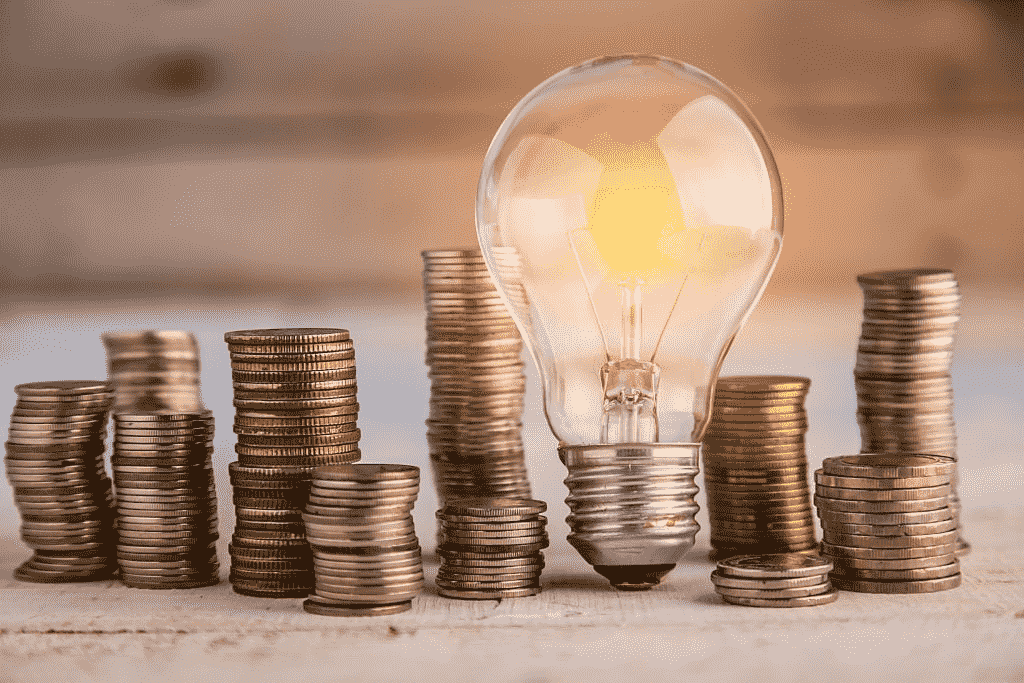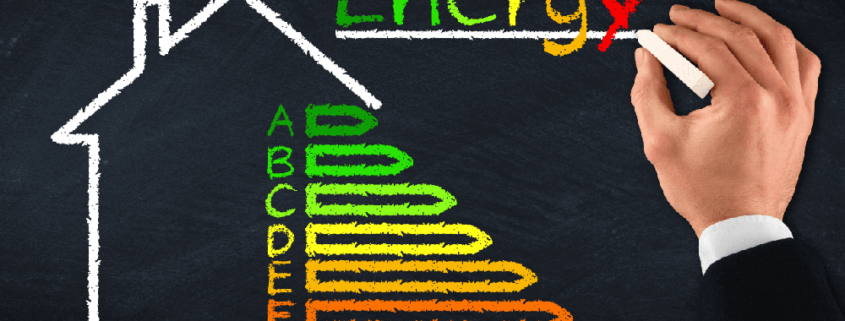Lower Your Power Bill With Electricity Usage Monitoring
A simple trend analysis, or for that matter a brief glance at a news or business website will quickly reveal that the price of power is rapidly rising (about 4.3% per annum since 2020) – and that trend does not seem to show any signs of slowing down in the immediate future.
Homeowners are also under pressure from the increasing costs of consumer goods and many other household expenses – it is becoming more challenging to make ends meet and any savings on the expenses that eat into the household budget are very welcome.
This is why many homeowners are looking at ways to save money on their power bills. But an old business saying can just as easily be applied to power use – ‘if you can’t measure it, you can’t manage it.’

Prioritizing energy efficiency is one of the challenges that every homeowner faces when installing a solar system for their houses, but just how do you reduce the amount of power that your household consumes?
One of the first steps that any homeowner needs to take is to evaluate which appliances and applications are consuming the most power in the home.
There are a variety of ways this can be accomplished. There are compact power usage meters that can track the power consumed by an appliance by simply being plugged into the wall socket that supplies power to the appliance. On the other end of the scale are smart monitoring systems that keep track of electricity usage throughout the home.
You will be aware of just how much electricity is being consumed in the home on a monthly basis – that number will appear on your utility bill. However, in order to lower your electricity use, you need far more detail than is supplied on your monthly bill – and that is where electricity usage monitoring comes into play.
Once you have identified which appliances are the most power-hungry it’s time to take proactive steps to reduce the watts that your household consumes. One of the easiest and most effective ways to do this is to invest in low-wattage appliances – and to switch off those that consume higher volumes of power when they are not in use. Switch these appliances off at the socket as they continue to use electricity even when in standby mode (there is even a name for this sort of power consumption – ‘phantom load’). It is estimated that ‘Phantom Load’ can add between 5% and 10% to your electricity bill.
There is another advantage to closely monitoring your power consumption – it makes managing household finances much easier. Energy management makes monthly bills more predictable. You will be aware of just how much energy you are using and the devices and appliances that are responsible for the lion’s share of that consumption – and can make adjustments accordingly.
Of course, you could also evaluate solar energy. It has been estimated that solar can save an average household up to $1,500 per year. However, you will still need to invest in an electricity usage monitoring device to ensure that you get the most out of a solar array and storage options.
Investing in an electricity usage monitoring system holds the key to reducing household energy consumption. Take the first step today and begin saving money immediately.




